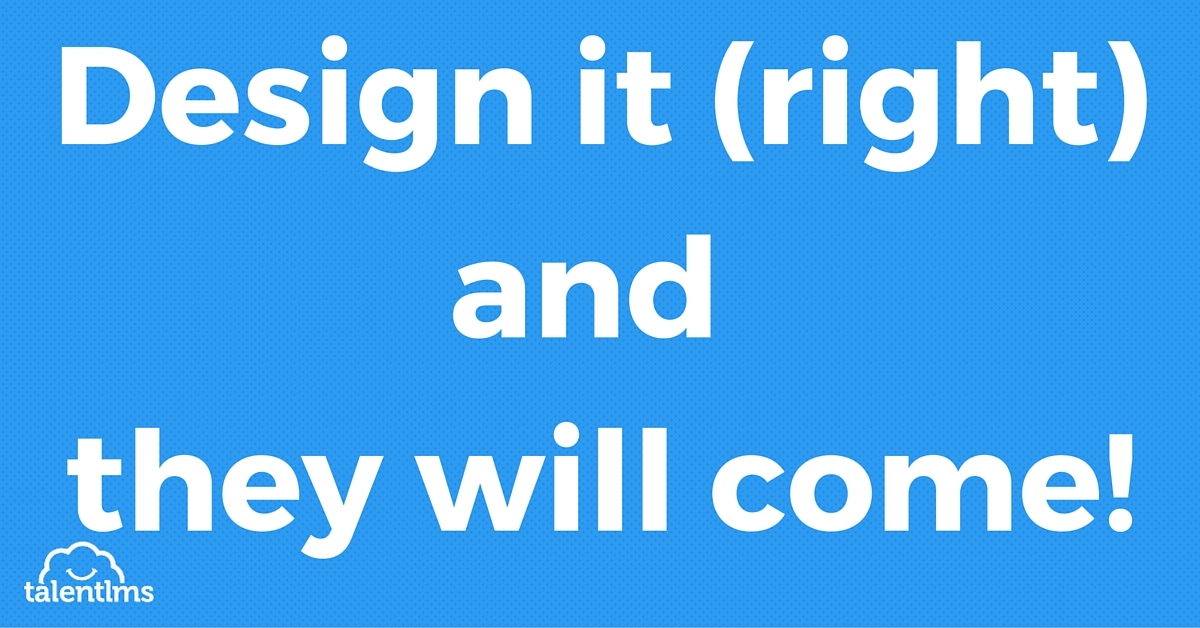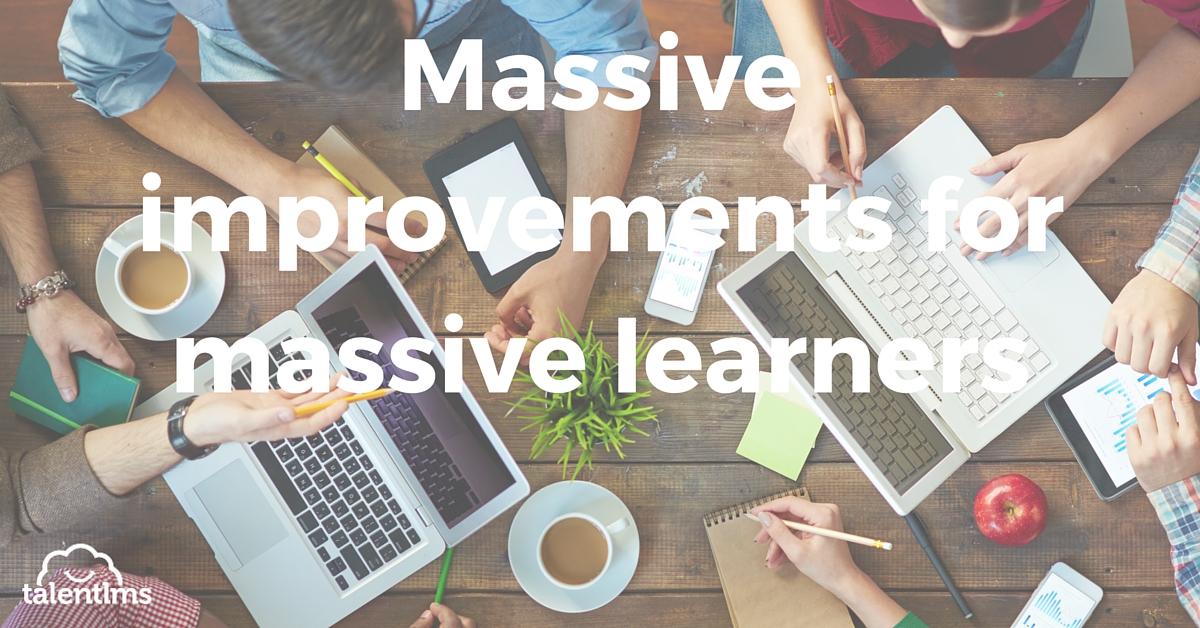There has never been a better time to become an instructional designer.
eLearning has gone from a niche market to a multi-billion dollar industry, and modern LMS platforms give you expressive capabilities beyond anything available (at any price level).
Those two factors combined however, just mean that it’s easier than ever to become an instructional designer ― not that it’s equally easy to become a **good** one. That still takes passion, study, and practice. If you’re up to the challenge, in this post we’ll tell you a few more things to push you in the right direction.
1. Find the right balance
To build a successful online course (or anything else for that matter) you need to make the right compromises and use your resources appropriately.
Regardless of who makes budgetary or management decisions in your enterprise or educational organization, part of your job as an instructional designer is to know how to balance scope (how many things you can include in your course), cost (your budget), and time (your deadline).
2. Know thy audience
Instructional design is not about showing off how much you know (that’s what has made many a professor fail). It’s about catering to your target audience and their needs, skills and sensibilities.
A busy enterprise employee will probably want you to cut to the chase and just give him what’s relevant for his work. Small kids will probably need things explained in the simplest possible way (and with pretty pictures and nice interactions). People registered for advanced fast-track courses, on the other hand, will want you to cram as much detail as possible.
3. Content is king
When you’re thinking of your course design, you might be dreaming of artful templates, elegant typography, fancy interaction models, cool multimedia and innovative UIs.
All of these things are good (when not overdone). But they shouldn’t be your priority.
When it comes to eLearning, content is king.
And when we say content, we mean textual content, the good old dependable stalwarts of nouns, verbs, adjectives and the rest.
The “design” in “instructional designer” is not about adding graphic elements, decorations and ornaments. It’s about designing a course to be effective.
In other words about writing and/or organizing your content, knowing what to cut and what to emphasize, and generally knowing how to shape the material you have available into a coherent whole.
That’s your job as an instructional designer. Even if you’re working in a small shop that also makes you assume the role of graphic designer, you should keep in mind that these are two separate roles, and that instructional design takes priority.
4. Know thy job
As an instructional designer, even if you don’t come directly in contact with students, you’re still essentially an educator.
If you want to be a great one, you don’t just have to know your field (e.g. physics, programming, math, etc.). You also need to know how to break it down and present it to the students, that is, you need to think like a teacher.
If you have a degree in teaching or some related experience, this might come easy for you. If you don’t, try to watch great teachers on the job to learn from their delivery and from the way that they approach their material.
There are also tons of books on teaching, instructional design, and pedagogical best practices and techniques that you should be aware of and take into account when designing your courses.
5. Learn your tools
While content is king, delivery matters too. It’s what accounts for the difference between a dead-tree training course (aka, a book) and an eLearning course.
So get to know your eLearning platform and its capabilities. Don’t be afraid to experiment with your LMS. Try different techniques and approaches by building smaller test courses and lessons. With an LMS, even if you mess up something you can always change it later, or even delete it and start anew.
Stay on top of web (and mobile) technologies too, as you can leverage those in your course designs and LMS templates to present your information in more innovative and engaging ways.
6. Learn to listen
An instructional designer’s work can never be judged in isolation, e.g. by some panel of critics agreeing that your course is great.
This might work for modern fine art, but it doesn’t matter at all in any field where you’re offering a service to a paying audience. What matters is how your learners receive your course, and whether it works for them.
To perfect your courses you need to listen to your users, watch them as they study your training material, and take into account any complaints and suggestions they might have to improve on your original design.
7. Don’t fall in love with your material
Instructional designers often get too emotional about their work, ignoring obvious flaws or user complaints (e.g. about it being unclear or too advanced for the target audience).
Don’t be afraid to scrap or redo some course element you were fond of, if it proves problematic for your audience, or if some new approach is required.
Just because you’ve toiled hard to produce a course or lesson, it doesn’t mean that it’s perfect in its delivered form. Nothing is that good that cannot be improved further. Besides, as we hinted at before, you’re not the best judge of your creative output: your students are.
Conclusion
Being a successful instruction designer is not an exact science.
Similar to being a successful teacher or a great writer, it’s more of an art.
In this post we’ve tried to give you a few rules to start you on the right track regarding the mastery of that art. The rest is up to you.
Go create great stuff.
| Tags: eLearning Tips




Very well said, These 7 things are very much needed for a successful ID.
The main aim of an ID is to bring the learning that results in acquiring knowledge, which would help the learner perform a task.
One sure cure to #7 (Don’t fall in love with your material) is to train it yourself. Often ISDers dismiss comments/recommendations for improvement from the implementers assuming they don’t understand the material. When this happens, I arrange for the ISDers to train the class to validate the comments. What a different tune they sing afterwards! What looks great on paper or screen doesn’t always transfer the same way to the learner.